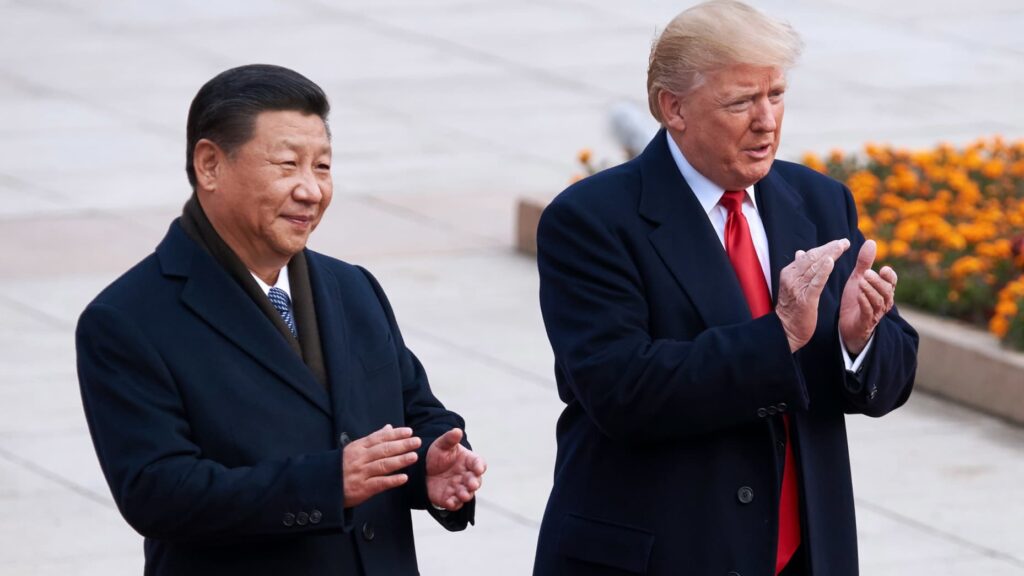China Wakes up to the Thought of Talks as Trump’s Threatens Tariffs

While Donald Trump increases threats to impose new tariffs on Chinese goods, Beijing is devising a more sophisticated tactic that involves rewards as well as sanctions to encourage the US counterpart to the negotiating table. Citing this, they say it is to avoid a full-blown trade war and focus on stabilizing relations if Trump returns to power in 2021.
China’s Strategy: Negotiation Over Escalation
Drawing from lessons of the 2018 trade war, China is taking proactive steps, including:
- The Chinese regulators preparing to launch an investigation against U.S. chipmaker Nvidia for supposed antitrust offences.
- Enlarging measures to ban leading American industries from importing strategic materials, including some rare earths used in hi-tech industries.
According to Fred Neumann, HSBC’s Chief Asia Economist rounding it off that these moves indicate China’s ‘opening bid to encourage negotiations rather than engage in a tariff battle.
Economic Readiness and Strategic Coexistence
China is in a better situation than before to face tariffs with new developments in areas such as electric vehicles and clean energy. However, the fact that requires import of high technology products especially advanced microchips from the US is its weakness.
George Magnus of Oxford University’s China Centre highlighted that despite the opening up of the economy and decrease of reliance on products such as Boeing jets from the United States, a new round of trade war would still be disadvantageous to China.

Main Factors to Inspire Those Involved in Negotiation
China aims to:
- Prevent Additional U.S. Export Controls: Indrade restrictions to critical input such as microchips can greatly affect especially the Chinese technology industry.
- Renew Scientific Cooperation: An area of concern is that the U.S.- China Science and Technology Agreement expired in August:It also supports joint research.
Although companies such as China’s Huawei has ramped up efforts to have chipmaking capabilities onshore, it is yet to prove sustainable on the market.
Trump’s Position and Leverage
Trump has threatened to raise tariffs on Chinese imports by 10 % for economic and political factors such as curbing in fentanyl smuggling to the U.S and Beijing considers this as political making the likelihood of reaching an agreement highly unlikely.
However, the probable US increase of its own oil and gas production, Trump might find it suitable to gain enhanced Chinese imports of energy exports, and in line with his “drill baby, drill” campaign.
The Business Climate
The current difficulties of U.S. companies located in China continue to grow and business confidence has hit lows not seen since 1999, per the American Chamber of Commerce. Trade imbalances have forced Washington to act over issues to do with market access and regulatory measures.
Outlook
Indeed both countries have grounds that compel them to engage in talks but given their politically and economically charged relationship any talks would be far from easy. Reference to political objectives like human rights or fight against drug trafficking complicates trade relations and their settlement.
China’s moves reflect a dual strategy: negotiating with promises to get the best deals while admitting strategies if negotiations collapse. The decision making in the current matrix depends with both the economic view of the two players, and the politicking involved.
